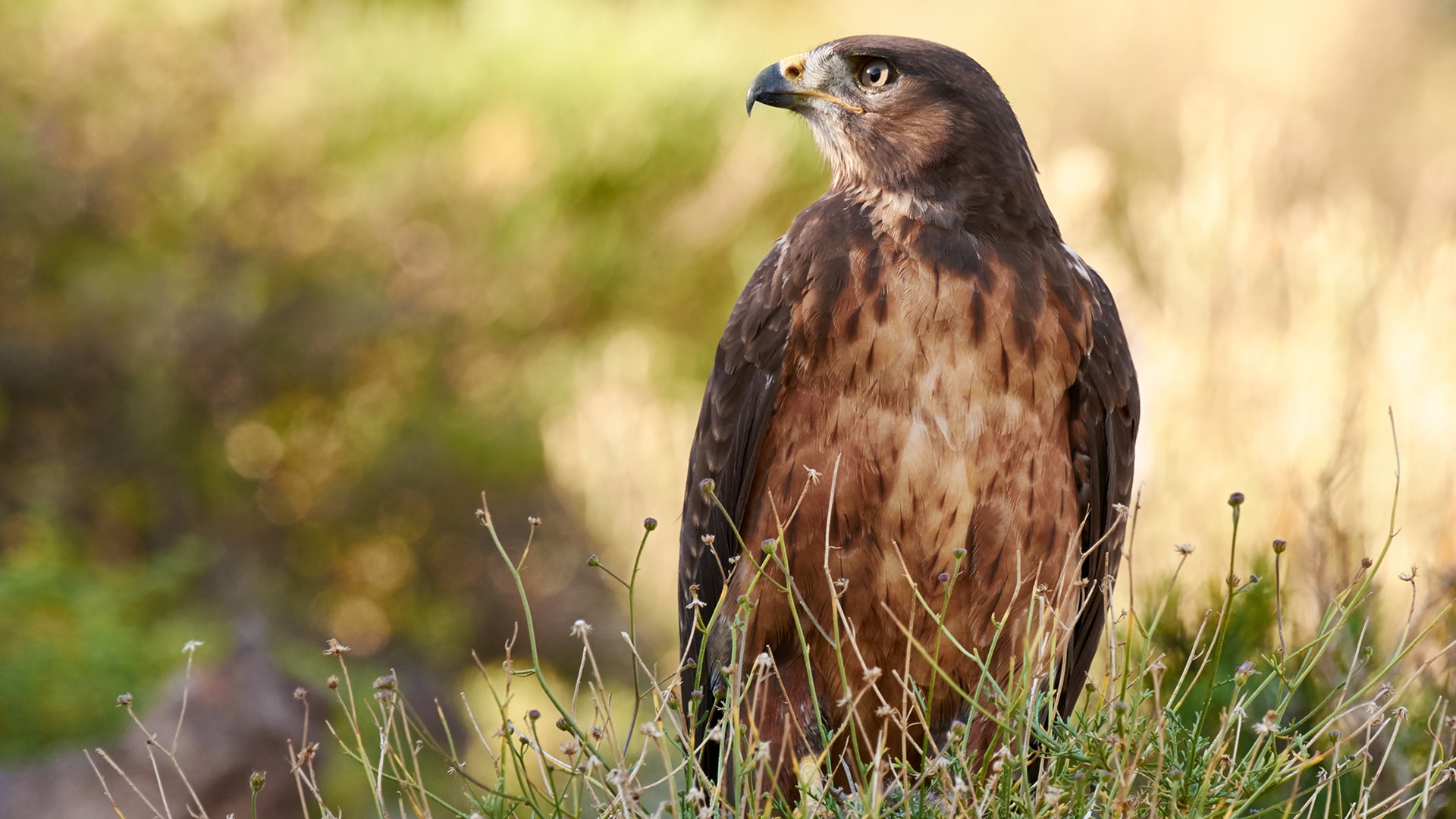
Animal Reproduction and Breeding Programs in Zoos
Zoos have become centers for scientific research on animal reproduction, playing a crucial role in the survival of endangered species. Breeding programs in zoos help maintain the genetic diversity of species that are struggling to survive in the wild. These programs require careful planning, as not all animals breed easily in captivity.
For many species, breeding involves creating the right social and environmental conditions. Some animals, like certain big cats, are solitary in the wild and may resist breeding if housed together. Zoos must replicate the breeding conditions they would experience in the wild, which often means introducing animals at specific times of the year or monitoring hormone levels to determine the optimal time for pairing.
Artificial insemination and embryo transfer are becoming more common in zoos, especially for species that are critically endangered. These techniques ensure that even animals that cannot naturally reproduce can pass on their genetic material. Zoos also collaborate with geneticists to track the pedigrees of individual animals, preventing inbreeding and ensuring healthy future generations.
Breeding programs have had many success stories, from the reintroduction of golden lion tamarins into Brazilian rainforests to the establishment of thriving populations of giant pandas in China. These successes demonstrate the importance of zoos in safeguarding the future of species that are on the brink of extinction.

